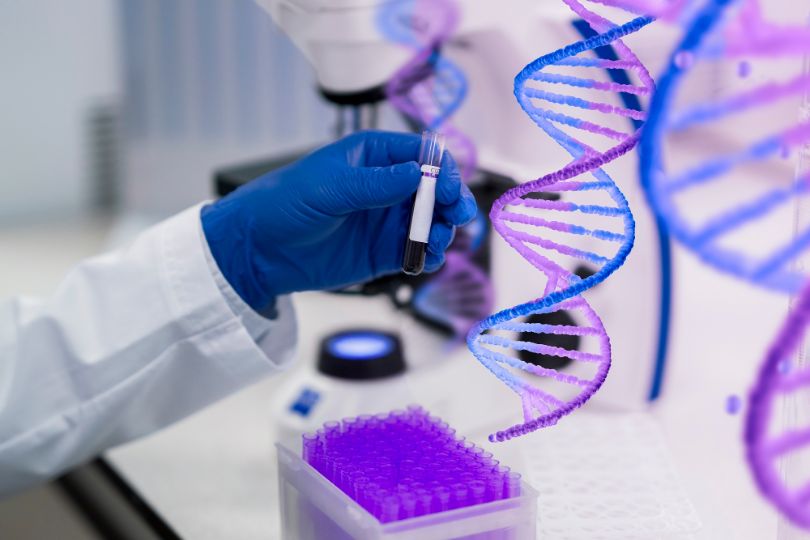 Pre-implantation genetic diagnosis (PGD) was invented in 1989 in London. It is a method devised to extract a cell from a newly created embryo and amplify enough of its DNA to check for mutations. This method allows doctors to implant in a woman’s uterus only those embryos free of the mutation she wished to avoid.
Pre-implantation genetic diagnosis (PGD) was invented in 1989 in London. It is a method devised to extract a cell from a newly created embryo and amplify enough of its DNA to check for mutations. This method allows doctors to implant in a woman’s uterus only those embryos free of the mutation she wished to avoid.
Since the invention of PGD, genetic engineering and In Vitro Fertilization (IVF) has expanded exponentially. This expansion has been marred with controversy, as it raises many ethical issues. Some examples of these ethical issues include: should the couple be able to test the embryo for genes of potential diseases that the child may not even get? Or, if they do have the disease, they won’t be affected by it until adulthood?
Should couples be allowed to test the sex of their embryo? Should the couple be allowed to test the physical characteristics of their embryo, such as hair color, eye color, and height? The only regulation that Canada has on PGD is in regard to sex – Canadians are not allowed to test the sex of their child. And last year, the Supreme Court of Canada ruled against allowing the Federal government the right to regulate assisted reproductive technology.
Even with the one regulation on sex, Canadians, and other internationals, have ways to get around the regulations in their respective countries. For example, Dr. Steinberg, an LA-based genetics doctor, runs an IVF clinic in Guadalajara, Mexico. There, couples bring their embryos for tests that are regulated in their own country. Last year, Steinberg, a papal aide, asked him to “please, just slow down.”
So what are couples typically testing for in PGD? Besides genetic diseases and blindness, couples typically ask about height and intelligence. Couples will go to great lengths to avoid genetic mutations, as demonstrated by one Montreal woman, who was determined to avoid the genetic mutation of webbed feet in her child, a gene carried by her husband. When all ten embryos conceived with her husband contained the mutation, she decided to use sperm from a donor rather than have her child genetically tied to her husband.
Aside from the actual controversy with scanning for certain genes, such as physical characteristics, Jonathon Kimmelman, a genetics doctor, sees a bigger problem – the unrealistic expectations the parents have for their child because of this technology. “Genes are not determinants,” he says; there is a possibility that the parents will go to great lengths to stack the deck in favor of their child genetically, resulting in unrealistic expectations being placed on the child.







